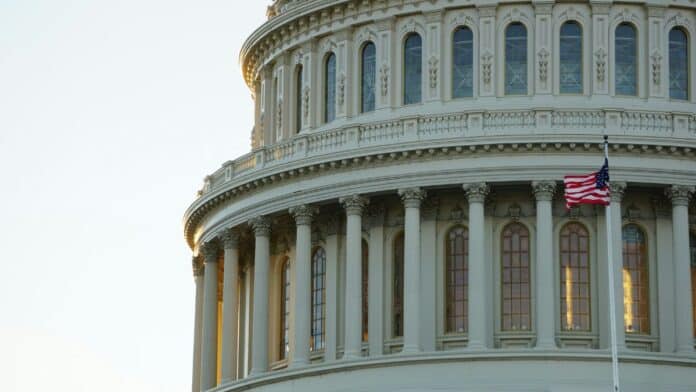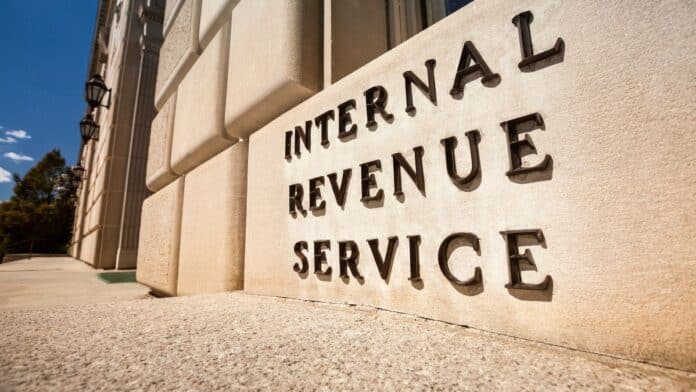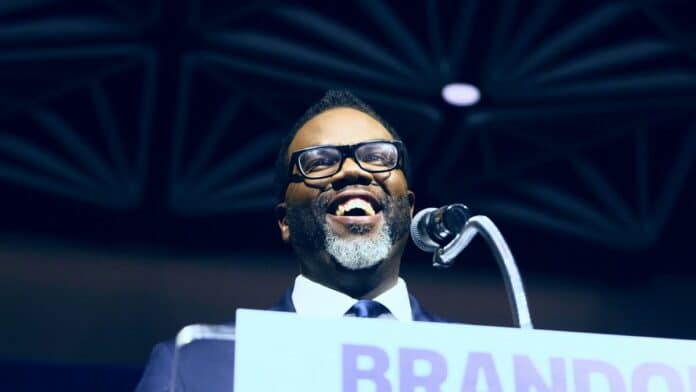Prediction markets are signaling that the federal government shutdown is likely to last for weeks, not days. Traders are placing millions in bets that negotiations in Washington will remain stalled, with no immediate resolution in sight. As the political standoff continues, confidence in a timely reopening has sharply declined.
On Kalshi, a federally regulated prediction market, over $2.5 million has been wagered on shutdown duration. As of October 4, traders assigned a 64% probability that the shutdown would last more than 21 days. On the crypto-based Polymarket platform, where around $1.5 million has been traded, the odds of the shutdown stretching past two weeks stood at 72%.
The shutdown officially began at 12:01 a.m. ET on Wednesday, triggering furloughs for non-essential federal employees. While previous shutdowns have ended with back pay for workers, current conditions may be different. Members of the Trump administration have warned that some furloughed workers may not return, suggesting this shutdown could have deeper consequences than past standoffs.
President Trump has placed responsibility for the impasse on congressional Democrats. He has emphasized that continued layoffs and disruption to services are the result of their refusal to support core budgetary priorities, including border security. The lack of progress reflects a broader breakdown in negotiations between the two parties, with both sides blaming the other for the gridlock.
The prolonged shutdown raises risks for federal services, economic stability, and public trust in government operations. For conservative voters and taxpayers, the situation highlights the need for fiscal discipline and accountability in Washington. The longer the shutdown continues, the more pressure lawmakers will face from constituents, government workers, and financial markets.












